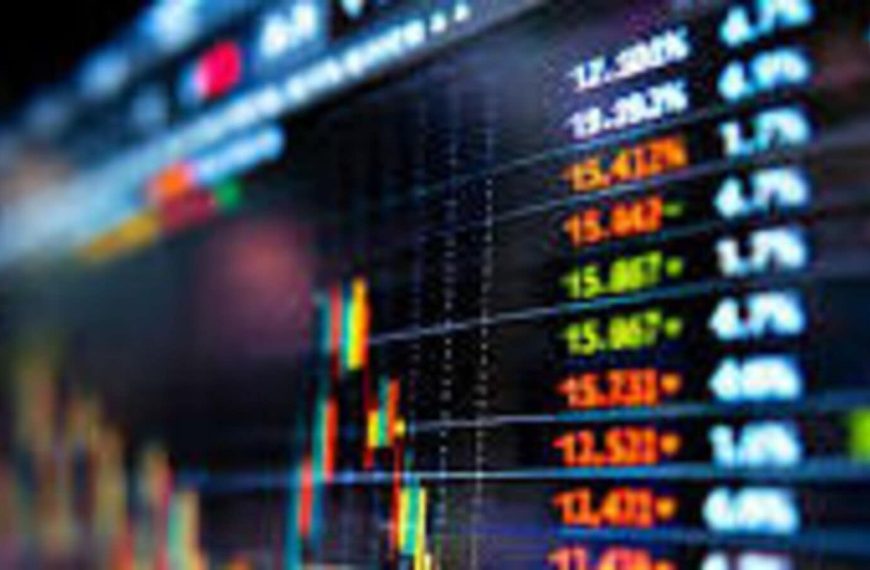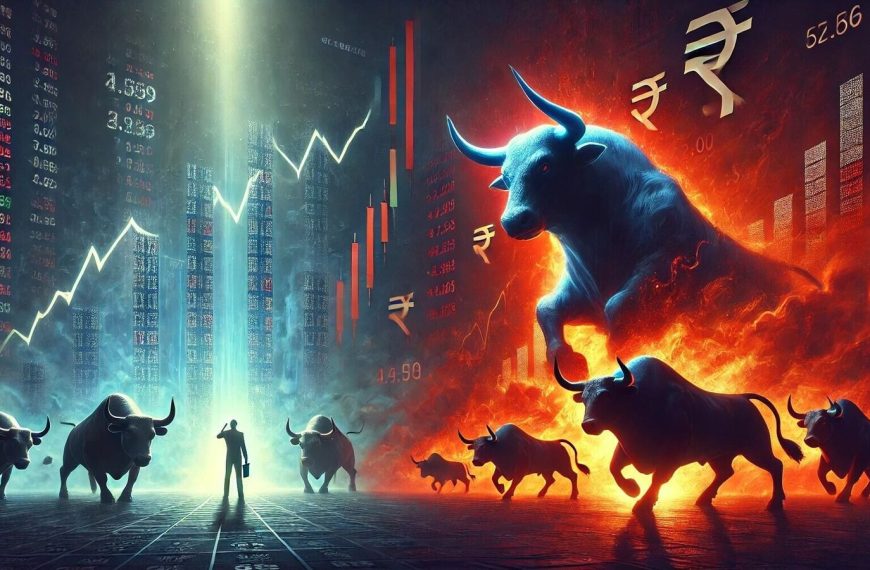The ongoing turmoil on Wall Street has officially pushed the Nasdaq into bear market territory. This downturn follows China’s recent decision to impose tariffs on all U.S. goods, a direct response to the sweeping trade measures initiated by the Trump administration. The S&P 500, Dow Jones, and Nasdaq all experienced significant declines, each dropping over 5%. Federal Reserve Chair Jerome Powell highlighted the potential economic repercussions, including increased inflation and slowed growth, which could lead to tough decisions for the Fed.
Global Stock Selloff and Safe Havens
As fears of a global recession grow, investors are flocking to safer assets. U.S. government bonds have seen a surge in demand, while gold, despite hitting record highs earlier, has experienced a decline. The price of crude oil has also dropped, reflecting apprehensions about the ongoing trade conflict.
- Falling Treasury Yields: On Friday, U.S. Treasury yields fell sharply due to China’s unexpected tariff response. However, these declines were somewhat mitigated by a robust jobs report from the U.S.
Market Reactions and Analyst Insights
Experts are weighing in on the current market landscape, pointing out the uncertainty caused by tariffs. David Seif, Chief Economist at Nomura in New York, remarked that both Trump and Powell have indicated that immediate recovery is unlikely, leaving the market to grapple with uncertainty.
Mike Mayo, a bank analyst at Wells Fargo, noted that this downturn presents an opportunity for banks to showcase their resilience since the financial crisis. He anticipates banks will bolster their reserves for potential loan losses as recession risks rise, affecting investment banking revenues.
Tariff Uncertainty and Market Sentiment
Jeff O’Connor, head of market structure at Liquidnet, expressed concern over the ongoing tariff uncertainty, suggesting it could keep market participants on edge. He observed that institutional participation and trading volumes have decreased significantly, contrasting sharply with the favorable conditions seen last year.
Michael Rosen, Chief Investment Officer at Angeles Investments, highlighted the strong connection between Trump’s trade policy and market reactions. He predicts that the ongoing turmoil could lead to slower economic growth and elevated inflation.
Economic Impact and Future Projections
Brian Bethune, an economist at Boston College, emphasized that the rapid implementation of tariffs has disrupted business planning. He noted that while U.S. businesses are typically adaptable, the current situation creates excessive burdens that could lead to significant economic repercussions.
Joe Rinaldi, President and Chief Investment Officer of Quantum Financial Advisors, believes that the Fed may have no choice but to reduce rates as global economies continue to slow. He pointed out that any potential negotiations with trading partners could swiftly alter market dynamics.
The Bigger Picture of Trade and Investment
Benjamin Ford, a G10 FX strategist at Macro Hive in London, reflected on the unique situation in the markets, comparing current risk aversion to previous crises. He suggested that while not all nations will retaliate against the U.S., the overall economic landscape remains precarious.
Carol Schleif, Chief Market Strategist at BMO Private Wealth, observed that the recent market decline stems from a lack of buyers, urging caution as investors await clearer signals post-weekend negotiations.
Conclusion: Staying Vigilant Amidst Uncertainty
As the situation develops, market analysts agree on the need for vigilance. Kevin Philip from Bel Air Investment Advisors cautioned against drastic sell-offs, suggesting that any resolution to the trade standoff could quickly reverse current trends. The sentiment across the financial landscape remains cautious, with many investors holding back until clearer paths forward emerge.
In summary, the impact of these tariffs and the evolving trade landscape continues to shape market dynamics, leaving investors to navigate a complex web of uncertainty. The coming days will be crucial as data on jobs, manufacturing, and inflation emerge, potentially shedding light on the future trajectory of the economy and the markets.











